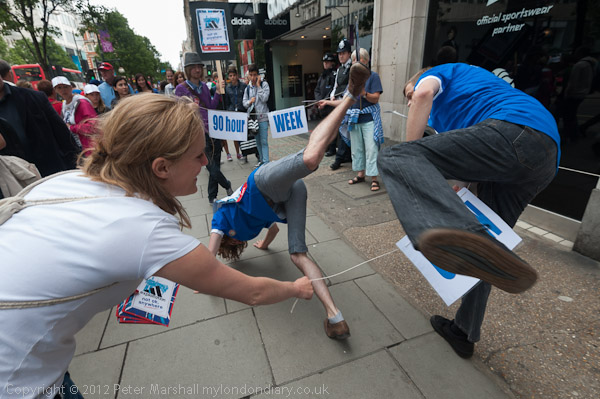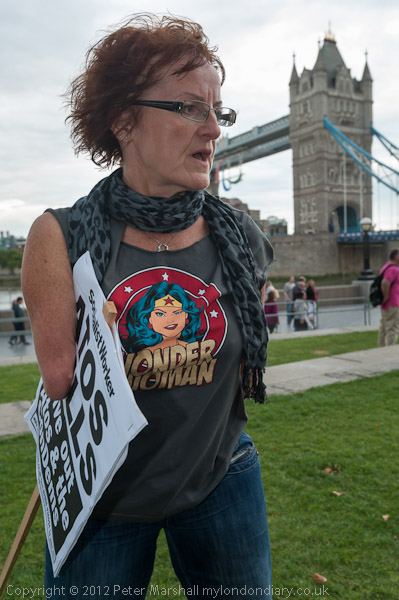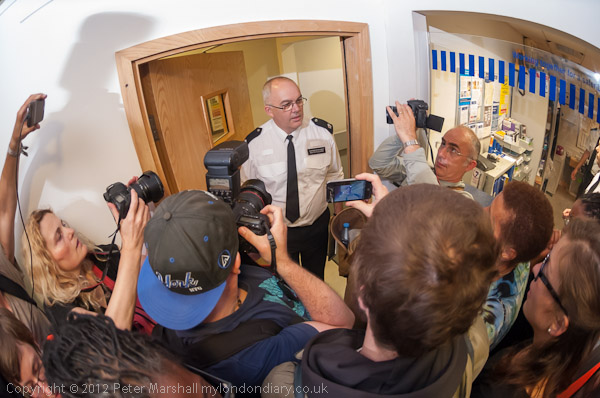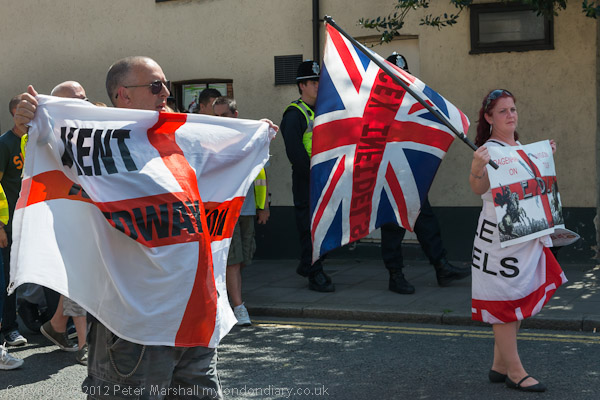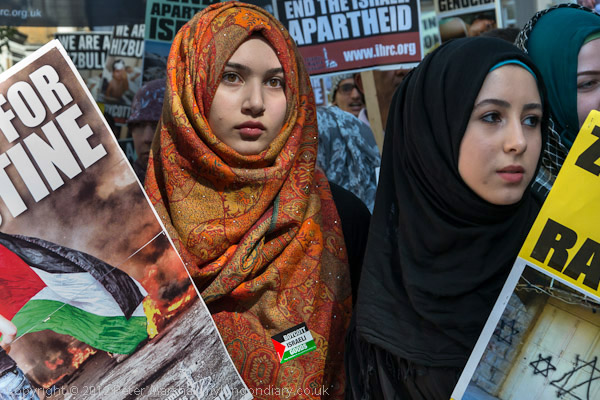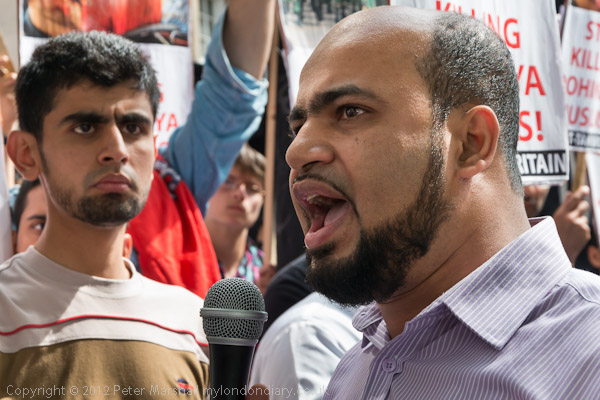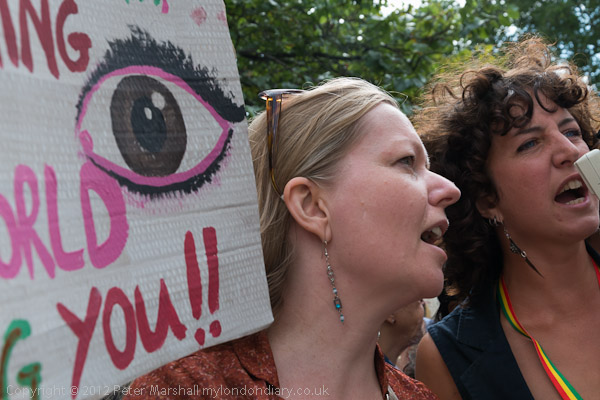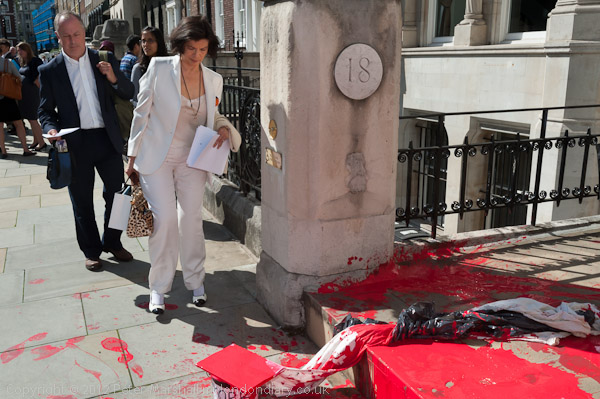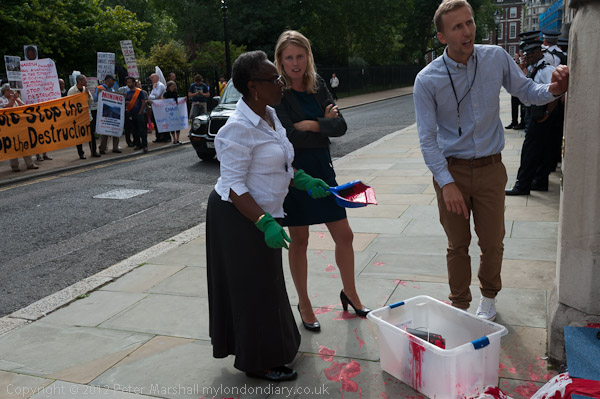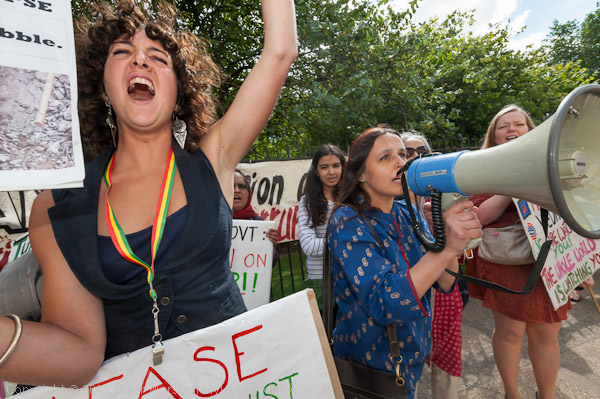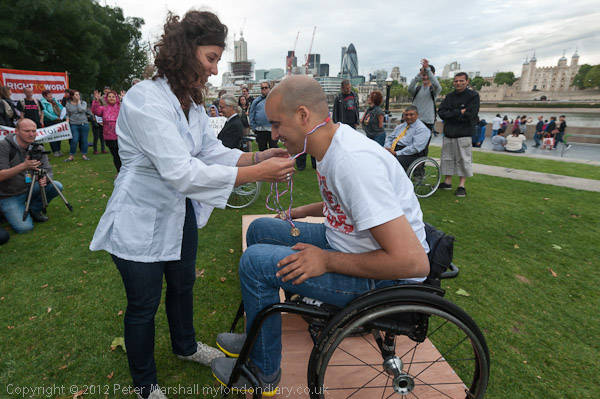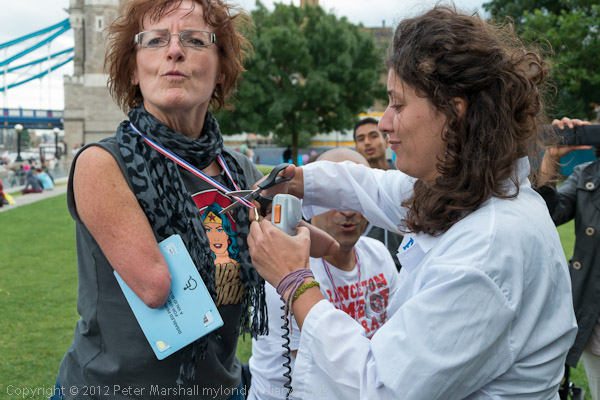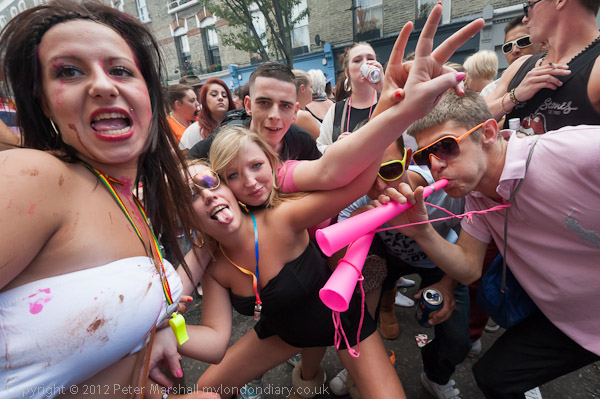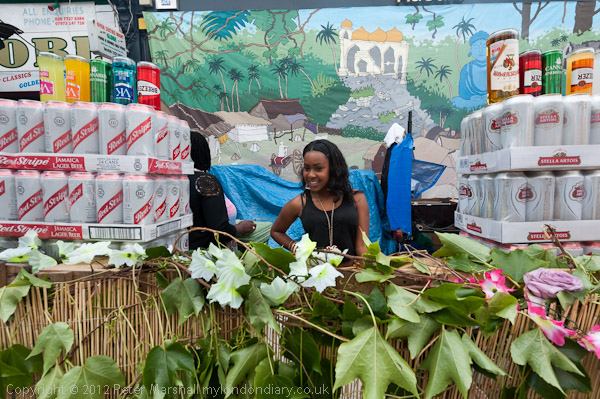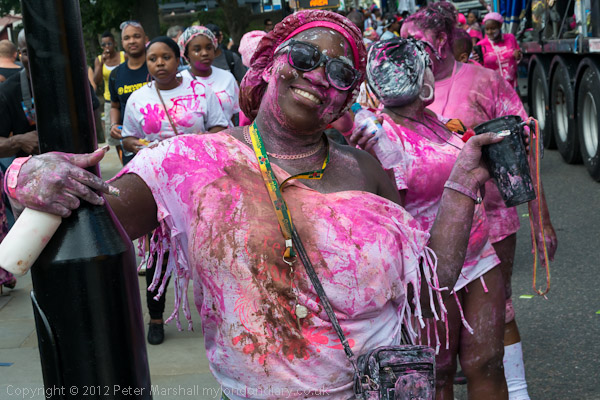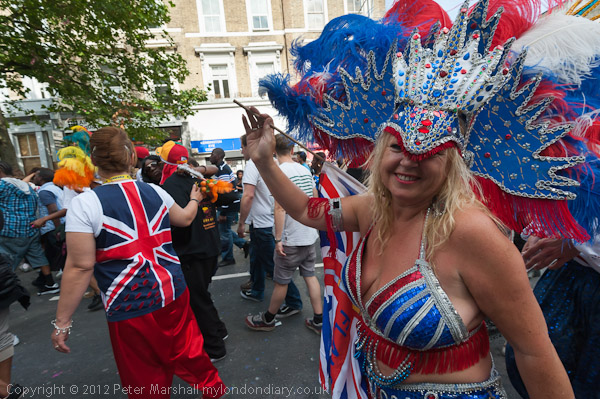As a former teacher I still have some interest in matters of education, and like many last month was appalled to hear that some exam boards, under pressure from the government and their regulatory body, had decided to change the marks needed to get a C grade for GCSE English between the January and June exams.
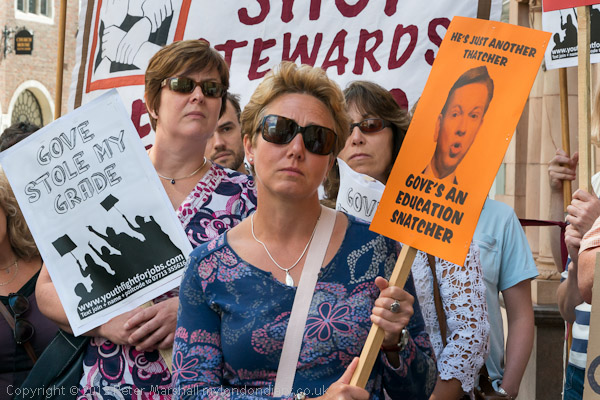
This meant that many students who got a mark that would have given them a ‘C’ grade in January were downgraded to a ‘D’, which is just unfair. A ‘C’ in English is a basic qualification for many further courses and something many employers insist on. Although not originally intended to be used in this way, a ‘C’ is a pass and a ‘D’ a de-facto fail, and the decision by the exam boards will blight the lives of many for years.
I’m not actually a great believer in examinations. Or more precisely I think that getting a good grade in examinations shows you are good at taking examinations rather than very much else. Because of the pressure that schools face with inspections and targets, teachers have become very good at getting pupils to do well in examinations, largely to the neglect of education. And unfortunately most of our examinations are very poor instruments for grading anything useful.
I taught quite a range of subjects over my teaching career covering various aspects of science, art and photography, business studies and computing. Two courses stood out for me. One was an intensely practical and vocational computer-based course, with on-screen learning and assessment coupled with various lab exercises, the Cisco Networking Academy programme. But although our educational establishment showed some interest in this initiative, it wasn’t really possible to integrate this into our education system. Even students who wanted to go on to study computer science could get no credit from the universities from following these courses.
But what I most enjoyed teaching was on the Art and Design courses we ran using photography as the medium. Although there were things called exams, basically the courses involved students in producing a portfolio of work. We worked to a fairly well structured course, making sure we taught the basics, but students showed their ability by their research and development of their own ideas in photographic projects to meet the briefs we wrote. The only difference for the exam was that the brief came from the exam board, and there were rather notional time limits. Essentially this was a course where the portfolio that each student assembled was what mattered and the grades given by the board (based on our teacher assessment and external moderation) were simply a reflection of this.
The protest happened because of the anger of teachers at the way students they had taught had been penalised unfairly by the exam boards, and the disastrous consequences this would have for these individuals and also for many schools. The lower pass rate will give the government the excuse to take over many schools and impose their policies of increasing privatisation of education.
One young teacher in south London had decided on the Friday evening before the bank holiday weekend that teachers should take some action to show their outrage and had contacted others on Facebook. It wasn’t a good time to organise, with most teachers making the most of the last week of their summer vacation, and it was perhaps surprising to find almost 30 of them outside the Department of Education.
What I could have done without was another photographer who arrived a short time after me and decided he needed to organise them for a photograph. Fortunately after he had spent a few minutes doing so, things more or less returned to normal and the protest continued.
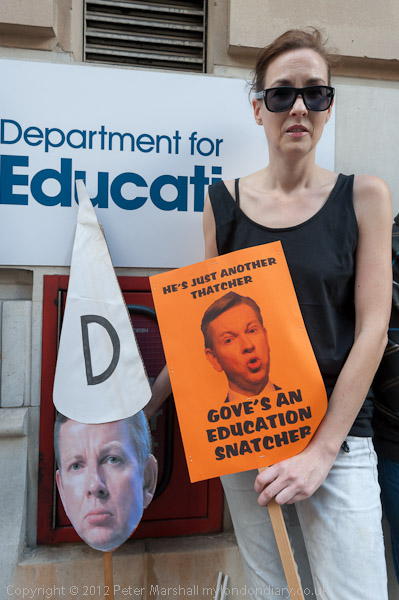
Of course I am sometimes guilty of just a little arrangement myself. I did suggest to this woman she stand in front of the sign, and she is looking at me because I’ve just previously taken a picture using flash. And I did take advantage later of her waving the head and dunce’s cap around in front of the other protesters for that other photographer – who by that time had become a part of the situation I was photographing.
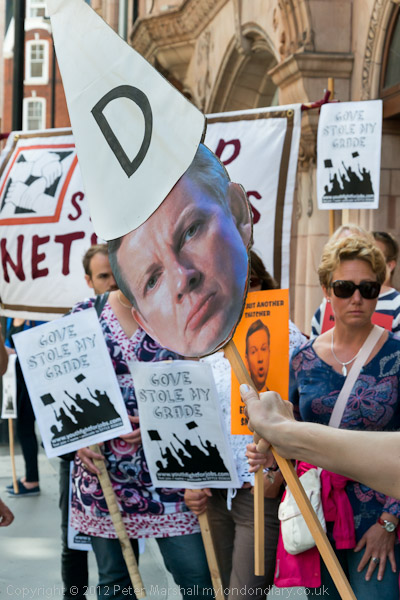
But the pictures I find more interesting are not to do with organising people (which should get any real news photographer fired) but those that simply happen and I manage to be in the right place at the right time.
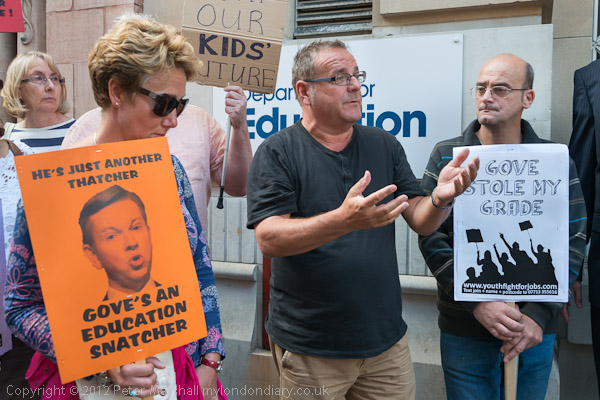
It’s sometimes a thin line, but I try to stay on what I think is the right side of it. More pictures at Regrade GCSE English.
________________________________________________________
My London Diary : Buildings of London : River Lea/Lee Valley : London’s Industrial Heritage
All photographs on this and my other sites, unless otherwise stated are by Peter Marshall and are available for reproduction or can be bought as prints.
To order prints or reproduce images
________________________________________________________
